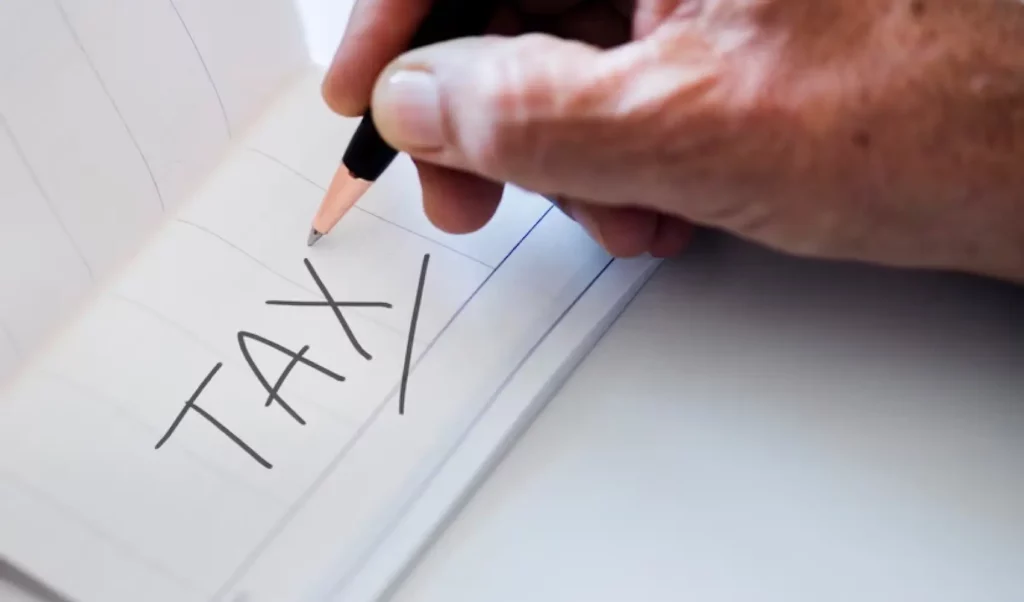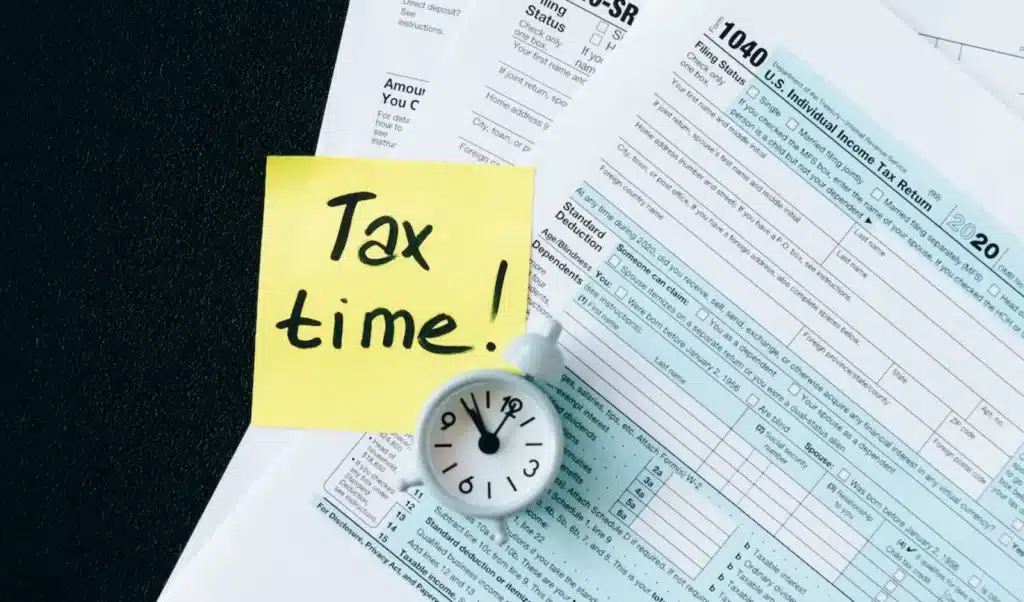Many couples argue over money. One spouse may be cheap. Another spouse may be a spender. The couple may be in conflict about their credit card bills, the mortgage or car payments. Debt can cause a relationship to fall apart.
A divorce may establish clarity in a couple’s private life, but does not make debt disappear. Couples who split may enjoy living apart, but filing Chapter 7 bankruptcy may be on the calendar after the divorce paper wars. An experienced New York bankruptcy attorney is the place to go to get answers to bankruptcy questions and analyze the financial situation after a divorce. Filing for Chapter 7 can be another step to stabilize life further after a divorce, and then enjoy a fresh start – financially as well as emotionally.
A Chapter 7 bankruptcy involves:
- Debt & Bankruptcy Analysis – determining which debts are dischargeable
- Preparation and filing of the Chapter 7 Petition
- Preparation and filing of the Chapter 7 Schedules
- Correspondence with Creditors
- Representation at the 341(a) Meeting of the Creditors
- Preparation and filing of any revised Chapter 7 Schedules and/or Forms
- Monitoring the case to ensure a discharge
To qualify for relief under Chapter 7, the filing debtor must be an individual, a partnership, a corporation, or other business entity. An individual, to qualify for Chapter 7, must satisfy “means testing.” Means testing is a mathematical calculation used to determine whether an individual qualifies for a Chapter 7 based on income, the median income for the person’s residential area, and certain “allowable expenses” established by the government. Means testing determines whether a person will have enough income over the next 5 years to repay debts based on government standards. If income falls short of the government standards, then a person qualifies for Chapter 7.
Chapter 7 bankruptcy begins with a mandatory credit counseling course which all debtors must complete prior to filing a petition. The course can be taken virtually over the Internet. Approved courses are listed at the Department of Justice website.
Once the debtor completes a credit counseling course, the next step is the filing of a petition. The petition sets forth the debtor’s contact information, estimated debts, and number of creditors. The filing of the petition imposes an “automatic stay” on collections which applies to all creditors. The automatic stay stops creditors from collecting against a debtor while the bankruptcy case is pending. Any creditor who continues collection actions may be in violation of federal law and subject to penalties.
After a divorce, consider consulting with an experienced New York bankruptcy attorney to get finances squared away.









